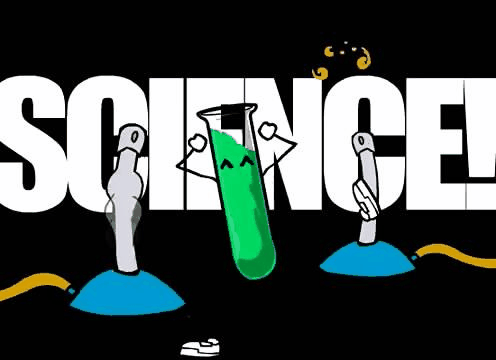The potential for cross-contamination of additives among evacuated blood tubes has led to the development of the order of draw. This practice, however, is mainly based on scarce, anecdotal, and mostly outdated literature data. Therefore, the goal of this investigation was to definitely establish whether or not the indication of a specific order of draw is still justified.
No significant difference could be observed between the first and the second serum tubes for any of the parameters. The bias calculated with Bland-Altman plots did not achieve statistical significance when the serum tube was collected after either a K2-EDTA or a sodium citrate tube.
According to this data, revision of national and supranational recommendations on blood collection by venipuncture should consider that the order of draw exerts a negligible effect on sample quality, and this aspect should no longer be considered a quality criterion when evaluating the performance of phlebotomists.
Read more:
The order of draw: myth or science?
Source: Unbound medline
Art and Science of Laboratory Medicine
Twitter:
LaboratoryEQAS


